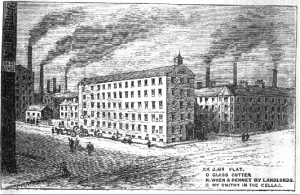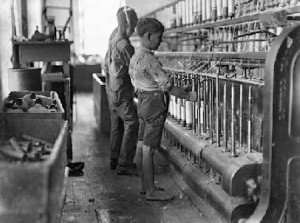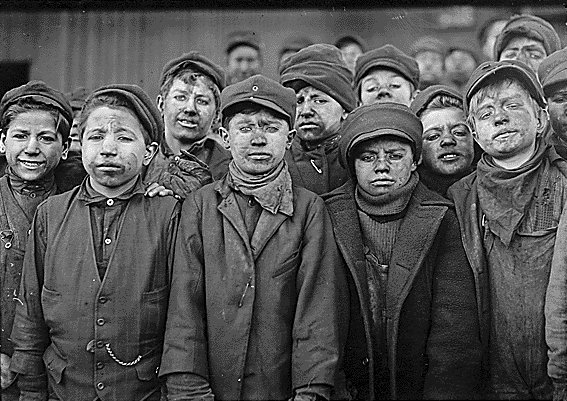Despite being of the same political party, Stalin and Lenin express very different opinions on the Soviet Union’s issues. Stalin’s document “Concerning the Presentation of the National Question” from May 8th 1921 describes the differences of the national questions as given by the Communists in relation to the national question adopted by the leaders of the Second and Two and-a-Half Internationals, Socialists, Social-Democrats, Mensheviks, Socialist Revolutionaries, and other parties. He explains that they differ in four points, then goes on to explain those points. First, Stalin explains the merging of the National question with the general question of the liberation of the colonies as a whole. Secondly, Stalin determines the vague slogan of “the rights of nations to self-determination” to mean a nation’s right to autocracy. Thirdly, he explains a connection between national and colonial questions of the rule of capital. He explains that in order to “win the war” there is a need to revolutionize enemies. Lastly, Stalin describes the need for equality of nations and not just “national equality of rights”.
Lenin criticizes Stalin’s Presentation of the National Question in his own writings “On the Questions of the Nationalities or of Autonomization” on December 30th of 1922. He declares the question of the Union of the Soviet Socialist Republics to be the question of autotomizing. He outwardly criticizes Stalin’s want for autonomization and claims it to be “wrong and untimely”. He also questions Stalin’s explanation behind the want for autonomization. Lenin goes on to explain that Stalin did not show enough concern in taking measures to defend those from other nations, and outwardly declares the Soviet’s fatal role to be Stalin and his preoccupation with the administrative aspect and by his rage against social-nationalism.
One common thread in both documents is that both Stalin and Lenin declare imperialism as the common enemy. However, other than having a common enemy, Lenin throughout his writing makes a great effort to show his disagreement with Stalin’s actions and opinions. He even goes as far as questioning Stalin’s understanding of “nationalism”. Lenin also seems to find Stalin’s actions and explanations behind his actions to be unsound. With that, Stalin’s document provide some insight into his arguably irrational mindset in some areas, as Lenin points out. Lenin sheds light on these issues by asking why Stalin believes autonomy to be the best option, and why then? Also, Lenin’s outward disapproval of Stalin and of his positions and actions acts as a harbinger to Stalin’s abusive years ahead. If the epitome of the Communist party was feeling weary about Stalin, that should have been warning enough for his turbulent years ahead in power.






